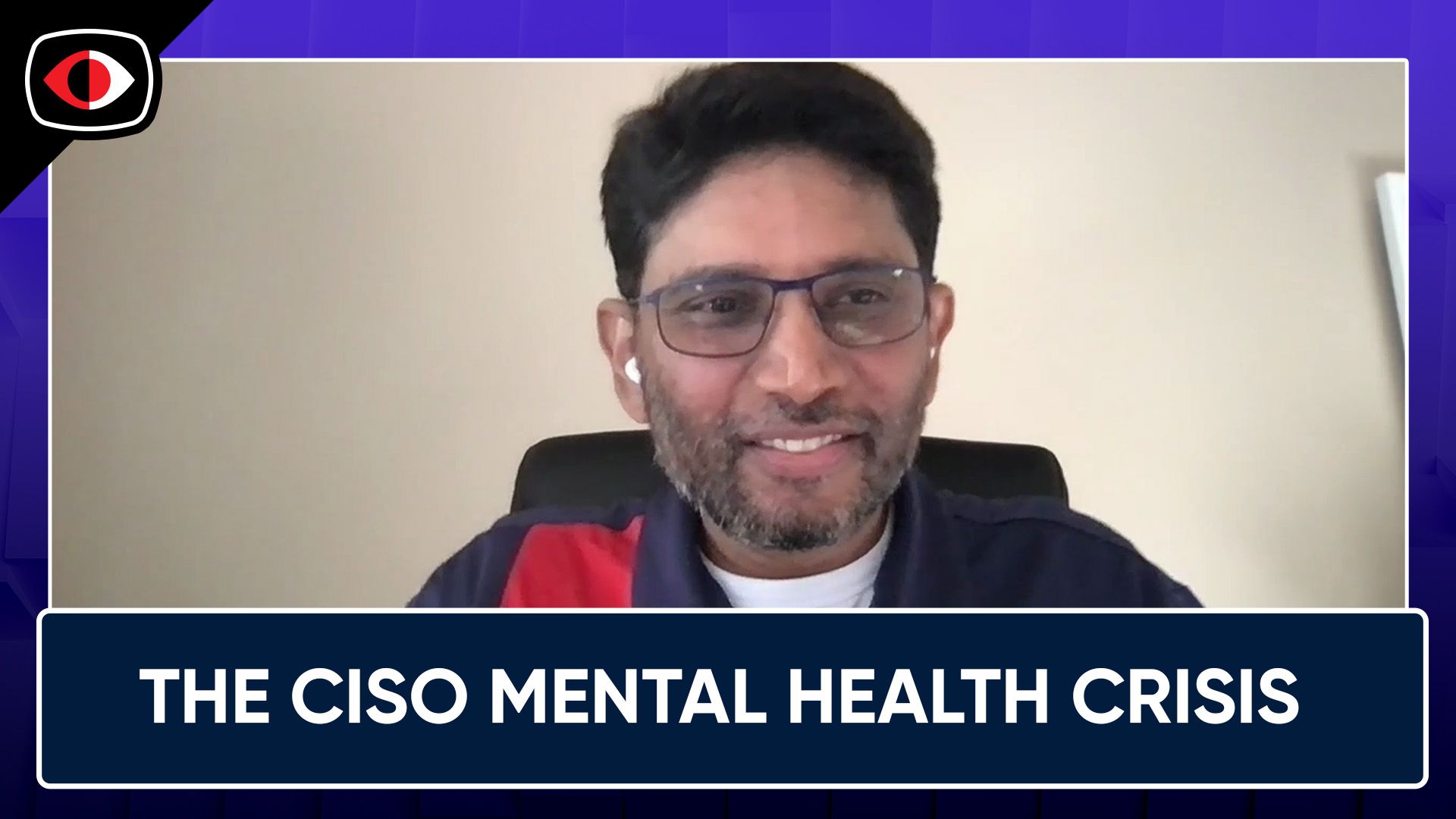The Right CISO, with a New Security Leadership Style, to Safeguard Your Business – BSW #371
In the leadership and communications segment, How to Find the Right CISO, New Security Leadership Style Needed for Stressed Workers, Combatting Human Error: How To Safeguard Your Business Against Costly Data Breaches, and more!
Hosts
- 1. How to Find the Right CISO
Great CISOs are in short supply, so choose wisely. Here are five ways to make sure you've made the right pick.
- 2. New Security Leadership Style Needed for Stressed Workers
Cybersecurity leaders face a critical convergence of challenges, with 75% of security professionals reporting the worst threat landscape they've experienced and 50% feeling behind on emerging technologies, according to recent ISC2 research. These pressures are creating unprecedented demands on security leadership, said Tara Wisniewski, executive vice president of advocacy, global markets and member engagement at ISC2.
- 3. How to Manage a Distracted Team
When the news is stressful and anxiety is high, the best managers adopt a more flexible and thoughtful leadership style. There are a few strategies emotionally fluent leaders can use to help their teams navigate the emotional ups and downs of a distracting news cycle: 1) Avoid anxious fixing; 2) give non-update updates; 3) provide a clear path forward; 4) prepare for your team’s emotions; and 5) plan for a dip in productivity.
- 4. Combatting Human Error: How To Safeguard Your Business Against Costly Data Breaches
It’s no secret that human error accounts for a disproportionate number of data breaches. Last year, it accounted for 74%; this year, the Verizon 2024 Data Breach Investigations Report noted that it rose to 76% per the same criteria.
And yet, catching people in the act of making a mistake is an incredibly difficult task. Almost insurmountable. So, how do you bring down errors? A better question might be: How do you prevent the consequences those errors cause, namely data breaches? That might be a more answerable inquiry.
- 5. A crucial leadership skill for navigating ambiguity is agility
A crucial leadership skill for navigating ambiguity is agility. The ability to cope with ambiguity is particularly important, as effective leaders must be able to navigate uncertainty and make informed decisions in the face of changing circumstances.
- 6. How to Master Conflict Resolution
Learning to navigate conflicts is not really a choice in today’s organizations. It’s an imperative. In this article, the author explains what conflict resolution is, why it’s an essential skill, and how to approach the conflict-resolution process. She offers four steps: 1) Try to see the situation from the other person’s point of view; 2) Pinpoint what the conflict is really about; 3) Think about your primary goal; and 4) Decide how to proceed. Mastering all of this will not absolve you from having conflicts at work. But that isn’t the goal. You may on occasion still react in a way that you regret. But by following the advice above, those occasions will be fewer and less painful — for you and your colleagues.







